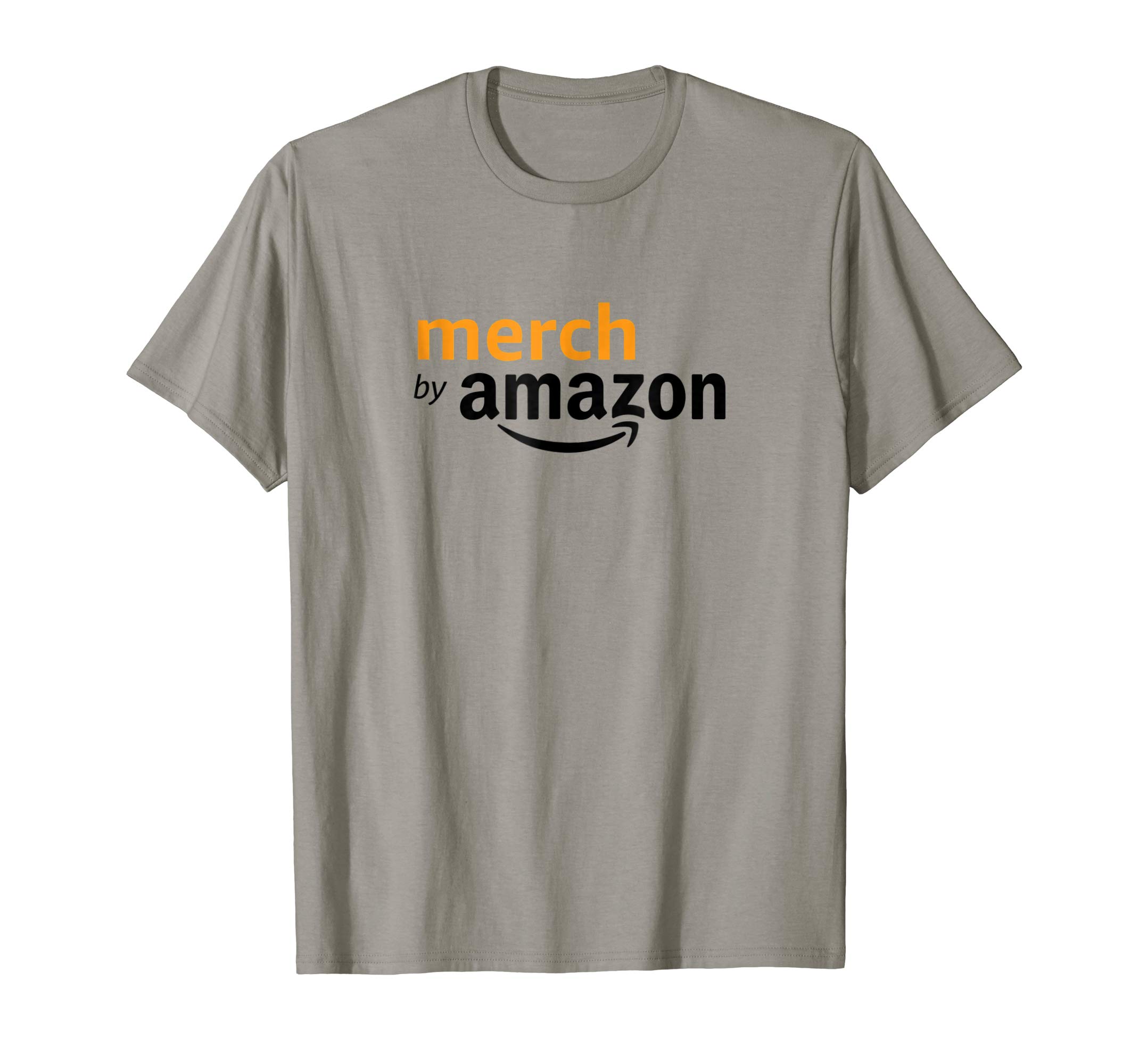 Amazon, the all-seeing eye atop the pyramid of modern American capitalism, made a lot of news last year as it prepared to take over the top spot in American clothing retail. Hands were wrung on behalf of brick-and-mortar shops (that is, stores with physical retail locations) everywhere. It seemed logical that what Amazon had once done to book retail, and arguably in many other categories, it was doing again with clothing — that is, put nearly everyone out of business.
Amazon, the all-seeing eye atop the pyramid of modern American capitalism, made a lot of news last year as it prepared to take over the top spot in American clothing retail. Hands were wrung on behalf of brick-and-mortar shops (that is, stores with physical retail locations) everywhere. It seemed logical that what Amazon had once done to book retail, and arguably in many other categories, it was doing again with clothing — that is, put nearly everyone out of business.
And Amazon’s business model indeed seems to spell trouble for many traditional clothing stores. Choices as far as you can scroll; an effectively limitless stock room; free 2-day shipping. Low prices, in part due to economies of scale. Instant, accessible ratings and reviews for products from other shoppers (because we trust them as much as our own friends).
The knee-jerk defenses of traditional clothing retail sound familiar. Online, you can’t replicate the experience of browsing casually through a shop and finding something rad via serendipity. Online, no sales associate can provide expertise or guide you to something you might like. Online, you’re not shopping. You’re just buying.
And it seems to be true that people are more comfortable buying from large online stores than most people expected a decade ago. On a recent episode of Jeremy Kirkland’s podcast Blamo!, Mr. Porter Managing Director Toby Bateman said that even in 2010, “There was a perception that guys were never going to do that [buy luxury clothing online], they needed to touch things, they needed to try things on.” Mr. Porter’s parent company, Yoox/Net a Porter, has grown sales annually and was taken over by luxury group Richemont in 2018.
And there’s the rub, really. Amazon isn’t coming for your favorite menswear shop (although Mr. Porter might be). Amazon’s top selling items in apparel are underwear and socks — the fashion equivalent of commodities. Amazon seems to be soaking up the sales of everyday goods lost by stores that were already losing, and where you, likely, don’t shop much, even if much of America does: for years, the top clothing retailers have been Macy’s and Walmart.
Plus, some of those benefits that bring shoppers to Amazon? They’re hollow. Amazon’s search results are often a disastrous list of not-quite-what-you’re-looking-for. Many products on the site are sold by third-party sellers that don’t necessarily have the capacity or logistical mastery of Amazon proper. Amazon’s customer reviews remain polluted with bogus content.
And their prices can be good, but are variable, and in some cases go up when a product is scarce — it’s always worth looking around. Lastly, unlike a place like Mr. Porter, Amazon doesn’t have a brand — it’s an infinite, crowded bazaar where weirdly specific print tshirts sit on the rack next to (used?) $5,000 Kiton suits. East Dane, owned by Shop Bop/Amazon, took a step in the right direction as a specialist men’s retailer but hasn’t made much of a mark on the broader landscape.
It’s a tech truism that markets are disrupted when someone figures out how to remove friction from the customer experience — make it easier to get a ride, for example. Or maybe remove the need to actually interact with a sales associate. But for now, Amazon’s clothing market has too many friction points to attract customers who care much about what they’re buying.